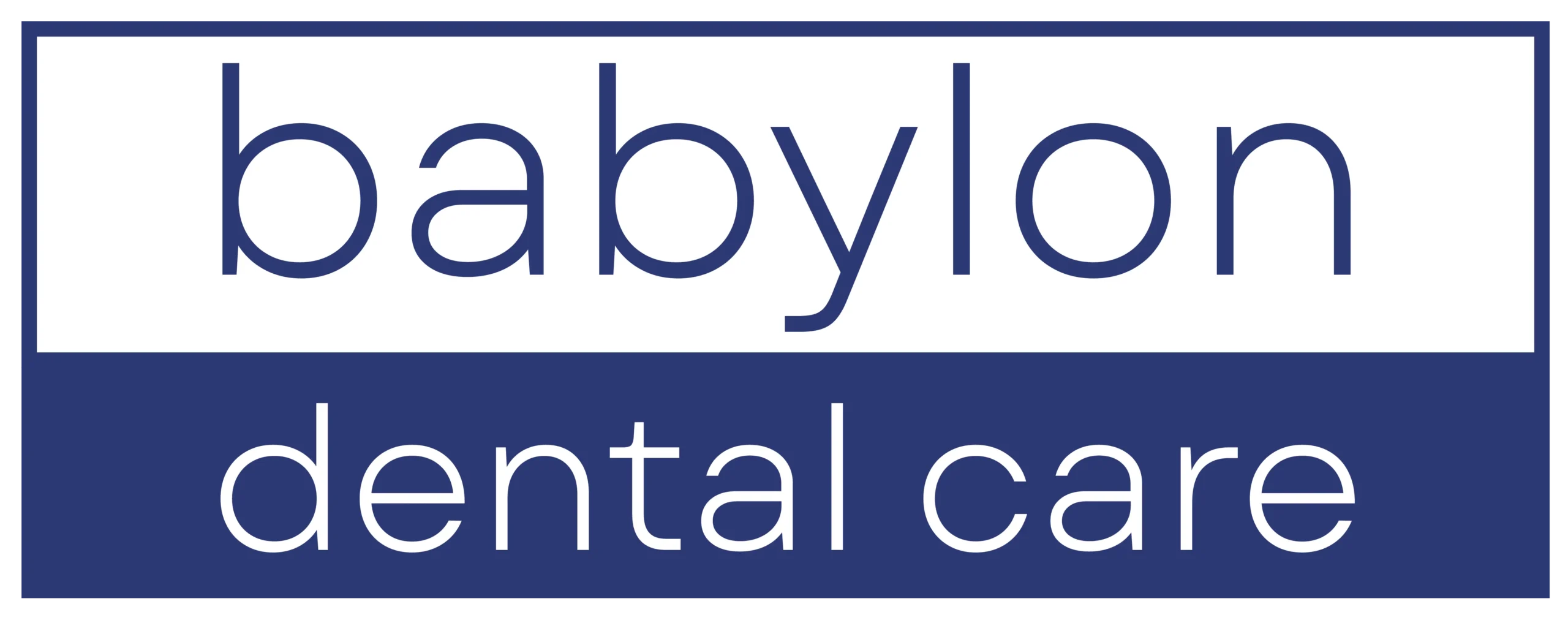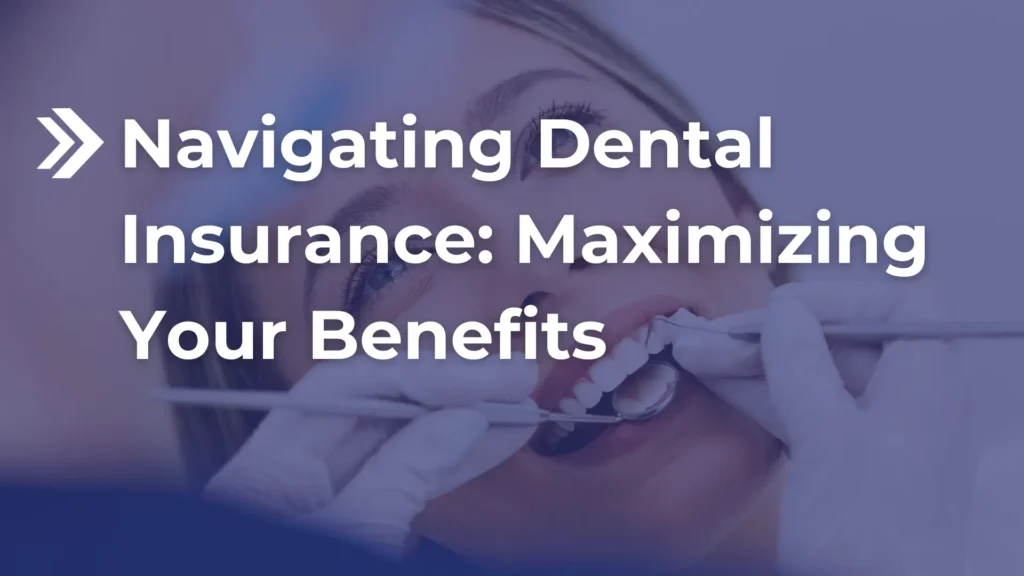Sometimes, it is not our fear of the dentist that keeps us from making routine oral hygiene appointments. It is our fear of dealing with our insurance company. Navigating the confusing labyrinth of dental insurance plans and rules can be challenging. How do you know what’s covered and not, when you can make an appointment, and when to wait?
Don’t get overwhelmed by your insurance policy or let confusing guidelines keep you from getting the dental care you need. With some research and patience, you can maximize your dental benefits.
What Dental Insurance Typically Covers
Dental insurance can help make oral healthcare more affordable, but many people find it confusing. One of the problems people face when navigating dental coverage is that policies vary from company to company and even from plan to plan. That said, most dental insurance policies follow a similar structure designed to promote preventive care while providing coverage for standard procedures. Typical dental coverage tends to include the following:
- Preventive Care – Many dental plans prioritize and cover preventive care at 100 percent. This helps the company avoid paying for more costly treatments down the road. This care generally covers routine dental examinations, twice-yearly cleanings, and X-rays. Some plans may also cover fluoride varnish treatment for children up to a specific age.
- Basic Dental Procedures – Basic dental procedures include fillings, scaling procedures, and simple tooth extractions, which the insurer covers at 70 to 80 percent.
- Significant Dental Procedures – Extensive dental work like crowns, bridges, dentures, surgical tooth extractions, and root canals can fall into “major” dental services, which most dental insurers cover at around 50 percent.
- Orthodontics – Orthodontic coverage varies by plan and is generally limited.
It is always best to review your specific dental coverage policy to see what it covers and excludes so you can be prepared for your next dental appointment.
How Dental Insurance Works at the Dentist’s Office
When you make a dental appointment, you should always provide your insurance information so the office can confirm that they accept your provider. Dental office staff can verify your coverage and let you know whether your dental provider is considered in-network with your insurance company.
When you get to the dentist’s office, you can generally expect the following:
Provide Your Insurance
If you haven’t already, provide the office with your dental insurance information when you arrive for your appointment.
Pay Your Portion of Costs
In many cases, you’ll also be responsible for paying your portion of the service costs. Those costs may include a co-pay, deductible, or services not covered by your dental insurance provider.
Ask for an Estimate
If your office does not provide one, you can ask for an estimate of treatment costs. An estimate can vary depending on the specifics of your coverage, your deductible amount, and your annual maximum limits.
The Office Submits Your Claim
After your visit, your dental provider will file a claim with your dental insurance company. A claim lists the services provided to you during your visit and requests payment for those services from your insurer.
Check the Mail
Look in your mail for an Explanation of Benefits (EOB). This is not a bill but a statement from your insurance company explaining what they covered.
Settle Your Balance
If your insurance does not fully cover the costs associated with your visit, you may also receive a bill.
Limitations and Common Exclusions
Dental insurance can help make routine dental care more affordable, but it does come with some limitations and exclusions you should be familiar with. The most common restrictions on dental coverage tend to include:
Annual Maximums
A maximum annual benefit, which, when reached, means the individual pays for additional costs out-of-pocket for the rest of the year.
Waiting Periods
Specific procedures may have a waiting period. Some plans have a three to six-month waiting period for basic procedures like fillings.
Pre-Authorizations
Some plans may require insurance pre-authorization or approval before covering specific procedures.
Cosmetic Procedures
Cosmetic dental procedures are almost universally excluded from dental insurance coverage and must be paid for out-of-pocket by the individual.
Orthodontics
Orthodontic coverage tends to be a gray area. It depends on the plan and potential age restrictions.
Other limitations can include limits to the frequency of dental visits, X-rays, or fluoride treatments. Some plans also only cover the least expensive treatment options. For example, a plan may only cover a metallic filling, making an individual pay extra for a natural-colored filling.
Our Team Wants to Work with You!
At Babylon Dental Care, our dental care team wants to work with you to find affordable solutions for your dental care. We accept numerous insurance plans and self-pay patients. We also offer financing options.
Contact our office or call (631) 983-6665 to schedule an appointment.
Related Posts:
Teeth Whitening Dental Insurance
Why Going to the Dentist Frequently Is Good For Your Health and Your Wallet


